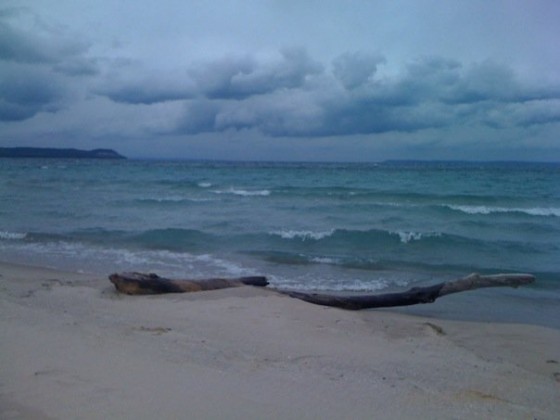Optimizing your Images for Organic/Natural Search
Posted in Search & Social
[caption id="attachment_338" align="alignleft" width="274"] Good Harbor Beach, Lake Michigan (Leelanau)[/caption]
Good Harbor Beach, Lake Michigan (Leelanau)[/caption]
FINE's midwest office is located in the beautiful town of Traverse City, Michigan. Traverse City is located on the Grand Traverse Bay, right in between the Leelanau and Old Mission Peninsulas. One of my favorite beaches is Good Harbor Beach, which is located not on the bay, but directly on Lake Michigan. If I had to pick an image to include in this post about image SEO, it would be this photo, which I took on a cold and windy day last October - but no matter how cold and windy it is, the lake is still gorgeous.
Whether you want your images to appear in Universal Search Results or to instead use them to help boost organic rankings on your main site pages – or both – there are many advantages to optimizing your images. Not to mention that it’s a really nice way to help out visually impaired users!
Without further ado, here’s a short list of best practices for image optimization
1. Use Alt Attributes
Alt Attributes have been correlated with higher search engine positions.Make it a seamless part of your content management process to give a name to every image you upload, whether this is done dynamically or manually. Give your images names that make sense for users first and foremost – but if you can also gracefully integrate a keyword or two, all the better.
<img src=”http://www.yoursite.com/image.jpg” alt=”put your text here”>
You can also use the title attribute, but this generally isn’t seen as being as important as alt text – and you also want to be careful not to overstuff with too much text or keywords.
2. Give them nice filenames!
Anyone can see why an image named “baby-shoes.jpg” would perform better than an image named “JDKWETIE3523fIEPB.jpg” – even if both are pictures of the exact same pair of shoes. Not only will you rank better, but the file name itself is so much better for enticing users to click on it.
3. Optimize Onpage Factors
According to Google, they look at “dozens of factors on and about webpages (like captions, descriptions, and other contextual information) to understand and index the images on the Web." This makes a lot of sense. By looking at the overall text of a page – search engines will also infer what an image is about. This also explains why sometimes you see really bizarre images appearing in image search – perhaps the text in one area of the page said one thing, even if image was clearly about something else.
You’ll also want to make sure that descriptive text is located in close proximity to your image – descriptive captions are a good starting point with this. You can include your image captions in bolded text, or a header tag. Using a relevant keyword immediately before and/or after the image can also help.
4. Help Search Engines Find Your Images
Images should be clearly linked to within your source code, and not blocked by things like JavaScript, Flash, or even a slow-loading site that Google decides not to spider completely. If you notice that Google is having problems finding and indexing your images, you can also submit an Image XML sitemap
5. Keep images above the fold.
Yes, even the image’s placement on the page itself could affect how relevant engines think it is – or isn’t.
6. Larger images could also help.
I could have made this image even larger, but decided not to because it would have pushed down the text of this post too far. Also, the primary focus of this post is image SEO - not Good Harbor Beach, so seeing a huge picture of Lake Michigan could even confuse some users.
Written by Sarah Mackenzie.
Technorati: 7TEG6Z5XFYZF